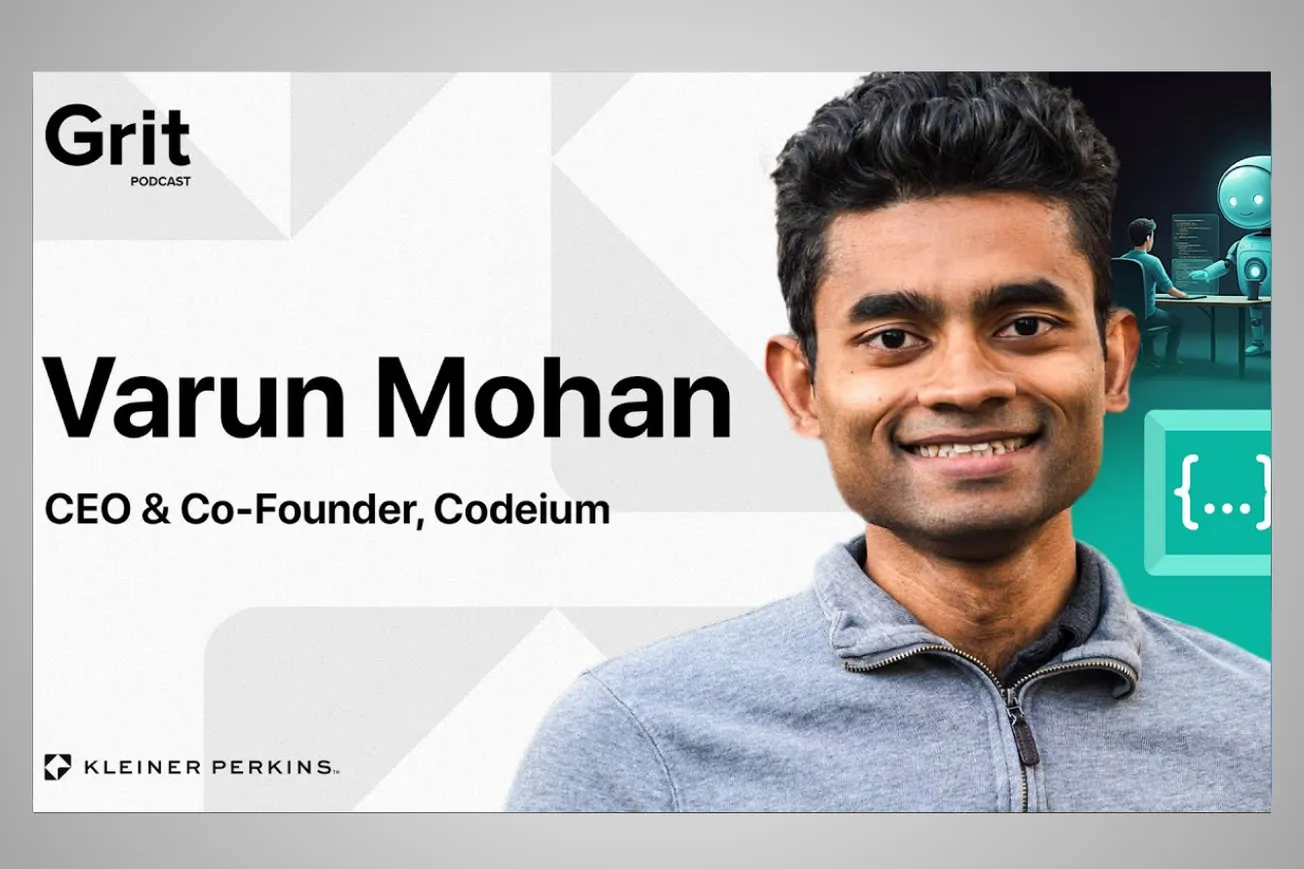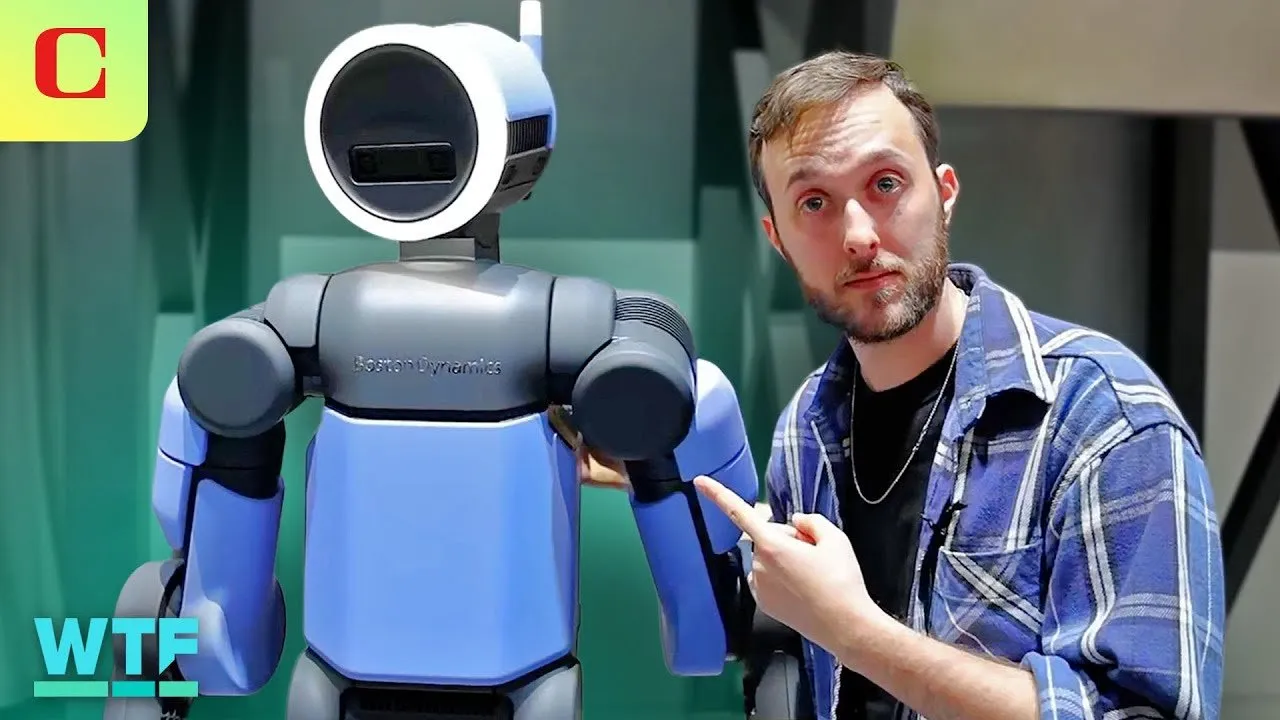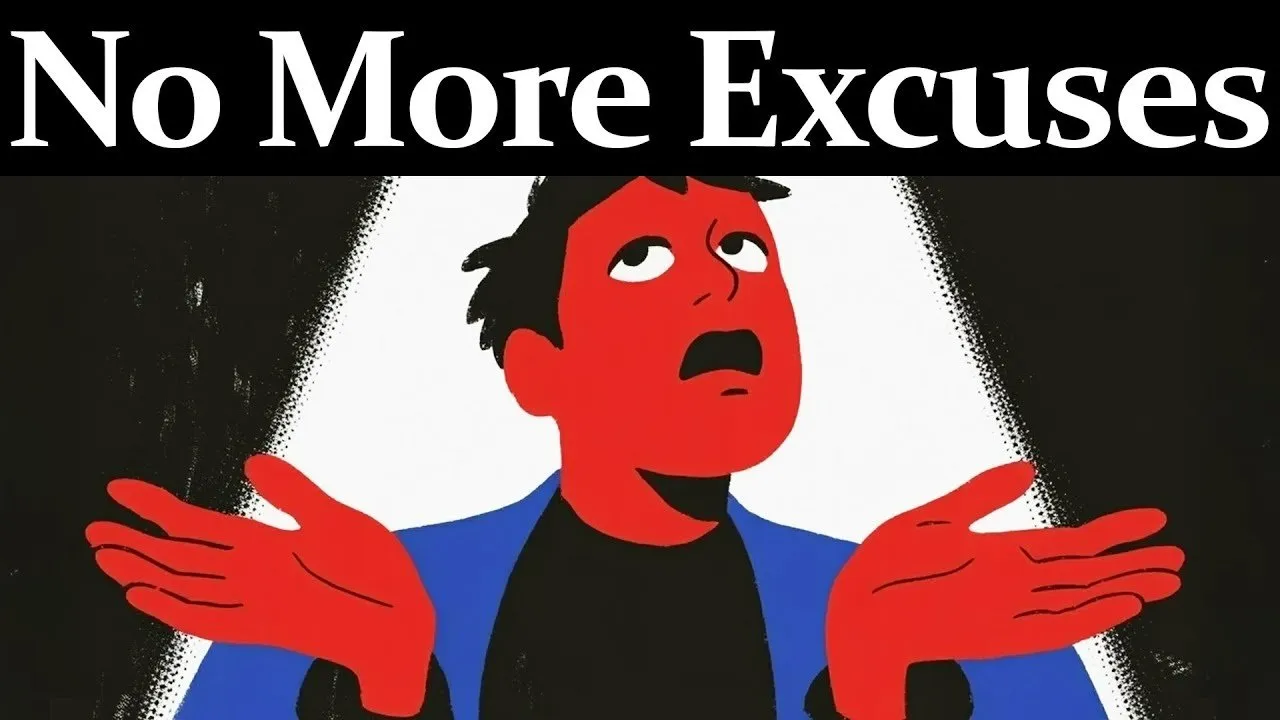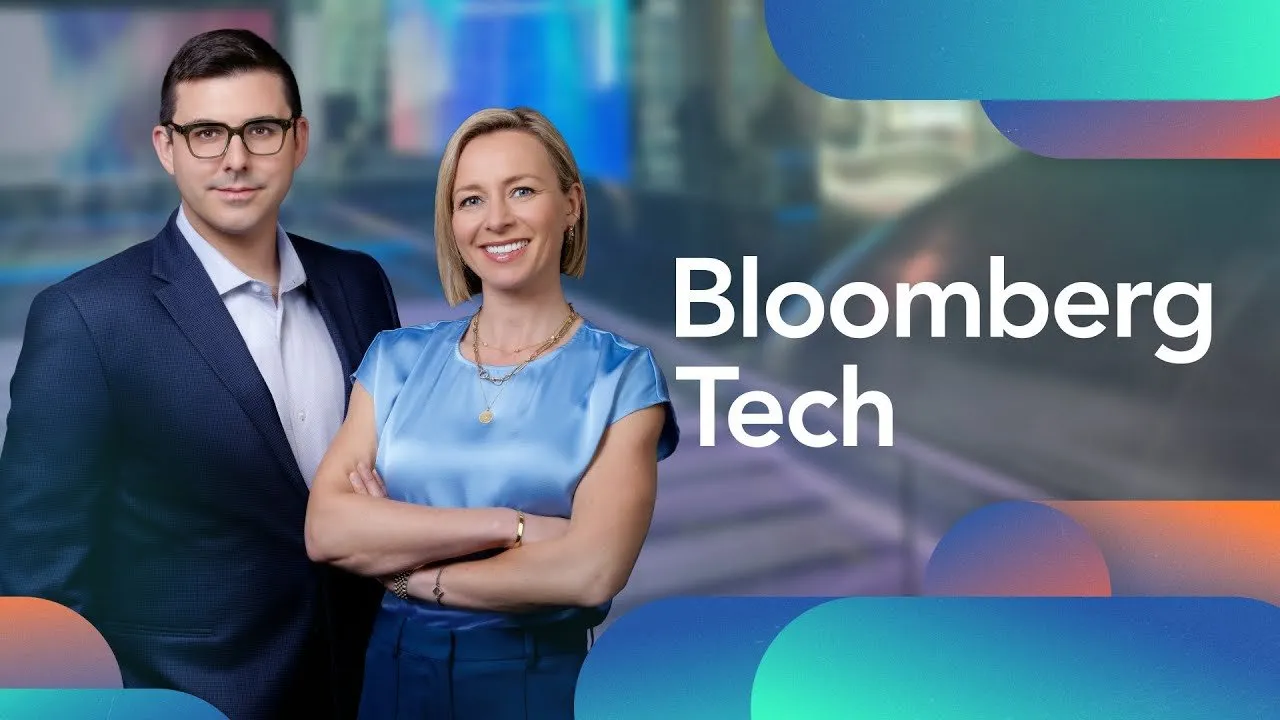Table of Contents
Varun Mohan reveals how pivoting Codeium after raising $28 million created a company growing 10x faster than traditional benchmarks by embracing truth-seeking leadership, hiring 10x talent, and building in-person in Silicon Valley.
Key Takeaways
- Truth-seeking leadership requires pivoting even after successful fundraising when data shows fundamental problems—"we had one path which is certain death but slow and the other path which was high probability death"
- Product-market fit feels dramatically different from incremental progress—"everyone that leaves our company is never going to fake feel that this company has product Market fit... they're going to know the difference"
- Elite talent concentration in Silicon Valley creates insurmountable competitive advantages for ambitious companies—"if you want to build an in-person company from day one, it's going to be hard... you're setting yourself up for many disadvantages"
- 10x engineers cannot be replaced by multiple average performers because they generate ideas that groups of 1x people will never conceive—"the 10x person is going to be thinking of ideas that none of these 1x people are ever going to think of"
- Dehydrated organizational growth prevents and politics—hire only when "incredibly dehydrated" so every new person gets "saturated the moment they join the company"
- AI coding assistance will drive superlinear technology growth because companies will invest higher percentages of revenue into R&D as efficiency increases
- Missionary hiring around problems engineers care about creates sustainable high-performance cultures—people work until 3-4 AM when they're passionate about revolutionizing software creation
- Competitive paranoia becomes essential when facing well-resourced incumbents—"we can innovate substantially faster than Microsoft but with enough time they will find a way to commoditize the technology"
- Silicon Valley's pay-it-forward culture provides asymmetric advantages through random acts of kindness from successful executives with no expectation of return
Timeline Overview
- 00:00–18:36 — The Ludicrous Growth: Setting 15x annual targets, achieving 10x+ growth, rewriting traditional SaaS benchmarks through irrational optimism and exceptional team execution
- 18:36–32:23 — The MIT Connection: Math competition backgrounds, early Scale AI experience, understanding what exceptional performance looks like versus average outcomes
- 32:23–40:19 — The $28M Pivot: Abandoning successful revenue growth after Series A to pursue transformational opportunity, maintaining team morale through honest leadership
- 40:19–49:15 — Market Competition: Facing hundreds of millions in competitor funding, Microsoft's co-pilot X announcement, building sustainable competitive advantages through speed
- 49:15–58:16 — Truth-Seeking Culture: Creating organizations that act quickly on bad news, Dell partnership through random kindness, missionary hiring for passionate problems
- 58:16–END — Silicon Valley Advantages: In-person building, talent density concentration, 10x versus 1x performance differences, spotting exceptional ability quickly
The Ludicrous Growth Hypothesis: Rewriting SaaS Benchmarks
When Varun Mohan set a 15x growth target for Codeium during a dinner with new sales leader Graham, investor reactions ranged from concern to disbelief. The traditional "triple triple double double" SaaS benchmark felt inadequate for the AI-powered development tools market.
- The irrational optimism admission: "I think it was probably some amount of irrational optimism... you can kind of see the pipeline, you can make some assumptions about if a bunch of things close"
- The founder versus sales rep reality: "Obviously a founder or a series of people on the founding team selling the product is very different than a sales rep selling the product"
- The benchmark destruction philosophy: "If you try to goalpost yourself based on what other companies do... you're going to get a middling outcome anyways, so you might as well set the bar really high"
- The AI market opportunity: "There's this interesting trend now... teams now kind of blow past the triple triple double with fewer people because they're able to use AI internally to streamline processes"
- The competitive advantage: Not knowing limits allows teams to "shoot for the highest number you can and anything feels reasonable at this point"
The approach reflects broader changes in AI-enabled business models where traditional growth benchmarks may no longer apply to companies leveraging artificial intelligence for both product development and internal operations.
The MIT Math Competition Network: Early Indicators of Excellence
Mohan's background in competitive mathematics created a talent recognition system that became foundational to Codeium's hiring philosophy. The network effects from high school and college competitions provided access to exceptional performers across multiple companies.
- The early recognition system: "I had known about Leigh Marie even before I went to MIT... she was the valedictorian of Phillips Exeter... she's a big deal"
- The competition circuit connections: "A lot of people that work at Codeium... previously did math competitions... I knew them since high school, even since middle school"
- The Scale AI experience: Working as employee six or seven provided exposure to exceptional performance standards under Alex Wang's leadership
- The Silicon Valley privilege: "The biggest privilege that I have is honestly just being born in Silicon Valley... anyone that makes it out of here is probably going to succeed in some capacity"
- The talent density insight: "Over 35 to 40% of our engineering team is from MIT, but even the people from MIT are the top 3 to 5% of all of MIT"
This network approach enabled Codeium to access talent pools that most startups cannot reach, creating sustainable competitive advantages in hiring.
The $28 Million Pivot: Truth-Seeking Under Pressure
Mohan's decision to pivot Codeium after raising a successful Series A demonstrates how truth-seeking leadership requires abandoning comfortable narratives when data reveals fundamental limitations.
- The growth trajectory illusion: "If you just did the naive graph of the revenue they're like best in class, they're on the path to a triple triple double double"
- The scaling impossibility: "There's no way this scales... we're selling to a handful of customers, I don't know how to even 3x this or 5x this in the next year"
- The hiring constraint: "We can't even hire a seller because the company's DNA is not to go hire someone if we don't know how to do it"
- The commoditization threat: "We saw that the Transformer was getting very popular... what are we doing by providing infrastructure for GPU systems? We were basically going to provide a commodity"
- The team honesty requirement: "We have smart people at the company... it's hard for me to lie to them... if I don't believe it I can't motivate someone"
The pivot required abandoning millions in validated revenue to pursue uncertain but potentially transformational opportunities.
The AI Development Efficiency Revolution: 5x to 20x Improvement
Codeium's vision extends beyond incremental productivity gains to fundamental transformation of how software gets built. The company targets efficiency improvements that could reshape entire industries.
- Current efficiency gains: "Developers are getting 20 to 40% more efficient... the ambition for the company is for it to get potentially 95+ percent more efficient"
- The R&D investment multiplication: "If the $20 in R&D is going to give them $40 of profit just because R&D is now more efficient, they should be investing a larger fraction of their total revenue into R&D"
- The superlinear technology growth: "If the cost of technology goes down, we're going to get not just a linear increase... we're going to get a super linear increase in the amount of technology"
- The consumption difference: "Technology is very unique... the world is never going to be satisfied with the amount of technology that is getting produced... very different than food"
- The societal impact: "Consumers are going to be very happy, GDP is going to increase substantially faster, society is going to be better off"
The vision suggests that AI-powered development tools could drive broader economic transformation through accelerated technology creation.
The Dehydrated Organization Philosophy: Preventing Bureaucracy
Mohan's approach to organizational growth emphasizes hiring only when absolutely necessary to prevent the politics and inefficiency that plague larger companies.
- The hydration metaphor: "I think of the organization as if it should be this hydrated organization that is looking for water and every employee is like water to the company"
- The hiring constraint: "We don't hire someone until we're incredibly dehydrated and then the moment we hire that person we're dehydrated again"
- The saturation principle: "Every person we're adding, they get saturated the moment they join the company"
- The bureaucracy prevention: "The biggest problem with larger companies is that people join for poor reasons... in an environment where they don't have much to do they're going to optimize for things that don't really matter"
- The main thing philosophy: "As long as we keep the main thing the main thing, I think we're going to be fine"
This approach maintains startup intensity and focus even as the company scales beyond 100 employees.
The Microsoft Competition: Speed versus Resources
Facing competition from Microsoft's GitHub Copilot created existential pressure that shaped Codeium's entire strategic approach. The David versus Goliath dynamic requires constant innovation velocity.
- The resource disparity: "I respect Microsoft a lot... they have more resources than us, more capital than us, more distribution than us"
- The innovation advantage: "I think we can innovate substantially faster than them... a lot of people that joined us would not want to go work at Microsoft"
- The commoditization threat: "If we take our foot off the gas and we are not innovating very quickly, they will very quickly commoditize our technology"
- The perpetual paranoia: "I'm perennially worried about are we moving at the speed we should be moving... are we moving fast enough on product, are we moving fast enough on distribution"
- The ceiling dynamics: "Product defines the ceiling of the company and go to market defines the exponential curve you take to get to that ceiling"
The competitive pressure creates healthy paranoia that drives continuous innovation and prevents complacency.
The 10x Talent Philosophy: Ideas versus Execution
Codeium's hiring philosophy centers on identifying exceptional performers who generate breakthrough ideas rather than simply executing existing plans more efficiently.
- The replacement impossibility: "When you hire someone that's 10x better, you can't just replace them with 10 1x people... the 10x person is going to be thinking of ideas that none of these 1x people are ever going to think of"
- The optionality preservation: "Optionality in the company disappears... if you're running a company where the entire company can be run as solving tasks on a Jira task board then fine, build your remote company"
- The recognition speed: "I think it's pretty fast, it's very fast... I can just immediately tell if I talk to someone this person has something very special"
- The startup talent problem: "Most big companies have more talent density than most startups in Silicon Valley... most startups are chasing people from X company or Y company"
- The departure pattern: "Most people that leave from X or Y company are the people that are the worst from that company... those companies know how to retain their best people"
This philosophy requires developing sophisticated talent evaluation capabilities to identify exceptional performers quickly.
The Silicon Valley Network Effects: Random Acts of Strategic Kindness
The Dell partnership story illustrates how Silicon Valley's pay-it-forward culture creates asymmetric advantages for companies building in the ecosystem.
- The GPU acquisition problem: "We're unable to acquire a GPU... for some reason I'm talking to Bipul who's the CEO of Rubric... I cold messaged him on LinkedIn"
- The unexpected assistance: "He gives me a lot of useful advice... he was like 'it seems like you're having some problems with Dell, let me go email a couple folks'"
- The transformation: "The next day... Saturday morning I'm on an email thread with Michael Dell himself... immediately the tone of this conversation has completely changed"
- The systemic kindness: "There's a lot of things that were random in the valley of how people have helped us... where there is no reason for them to or there was nothing we could do to return the favor"
- The pay-it-forward obligation: "Even whenever I can, if someone's like 'hey I want to go start a company' I will try to take a while... to talk to them about their idea"
These network effects provide competitive advantages that cannot be replicated in other geographic locations.
The In-Person Building Advantage: Missionary Culture Creation
Codeium's commitment to in-person work reflects deeper beliefs about creating missionary cultures around problems that engineers care passionately about solving.
- The passion requirement: "We picked a problem that engineers are very passionate about... everyone at the company is a missionary... they're not only brilliant, they're also missionaries for the product they're building"
- The late-night dedication: "Engineers are at the office until 3:00 or 4:00 AM to make sure we're able to hit this deadline... it's self-imposed... I'm not asking everyone like you have to be here at this time"
- The creativity uncapping: "The ceiling of creativity for the team is going to be uncapped... the original group of people built the product without us even knowing how we'd make a dollar of revenue"
- The in-person requirement: "There's just no way if we were remote and I was not next to Alex doing that that I would have done that... if we had lost some of those customers in the early days... it would have not made it"
- The talent concentration argument: "If you're starting a company your odds of success are close to 0.1%... why are you stacking the odds against yourself?"
The in-person approach enables the kind of missionary culture required for transformational technology development.
Conclusion
Varun Mohan's approach to building Codeium demonstrates how truth-seeking leadership, combined with elite talent concentration and missionary culture creation, can achieve growth rates that exceed traditional SaaS benchmarks. His willingness to pivot after raising $28 million, commitment to hiring only 10x performers, and embrace of Silicon Valley's network effects illustrate how authentic conviction about transformational opportunities can drive extraordinary outcomes.
The key insight: When building companies that aspire to reshape entire industries, traditional growth models and hiring practices become constraints rather than guidelines, requiring leaders who can recognize and act on revolutionary possibilities even when they challenge conventional wisdom.
Practical Implications
- Embrace truth-seeking over comfort: Be willing to pivot even successful businesses when data reveals fundamental limitations in scaling potential or competitive positioning
- Hire for idea generation, not task execution: Focus on identifying people who can conceive breakthrough solutions rather than simply implementing existing plans more efficiently
- Maintain organizational dehydration: Only hire when absolutely necessary to prevent bureaucracy and ensure every new employee has immediate, meaningful impact
- Build missionary cultures around passionate problems: Choose problems that talented people care deeply about solving, enabling sustainable high-performance work environments
- Leverage geographic talent concentration: Locate companies where the highest density of exceptional performers choose to work, even if costs are higher
- Develop rapid talent evaluation capabilities: Learn to identify 10x performers quickly through pattern recognition from previous exposure to exceptional ability
- Create paranoid competitive awareness: Constantly monitor competitive threats and maintain innovation velocity to prevent commoditization by well-resourced incumbents
- Embrace pay-it-forward culture: Provide help to other founders and entrepreneurs without expectation of return, contributing to ecosystem strength
- Set ludicrous growth targets: Traditional benchmarks may not apply to AI-enabled companies, so set ambitious goals that reflect transformational potential





